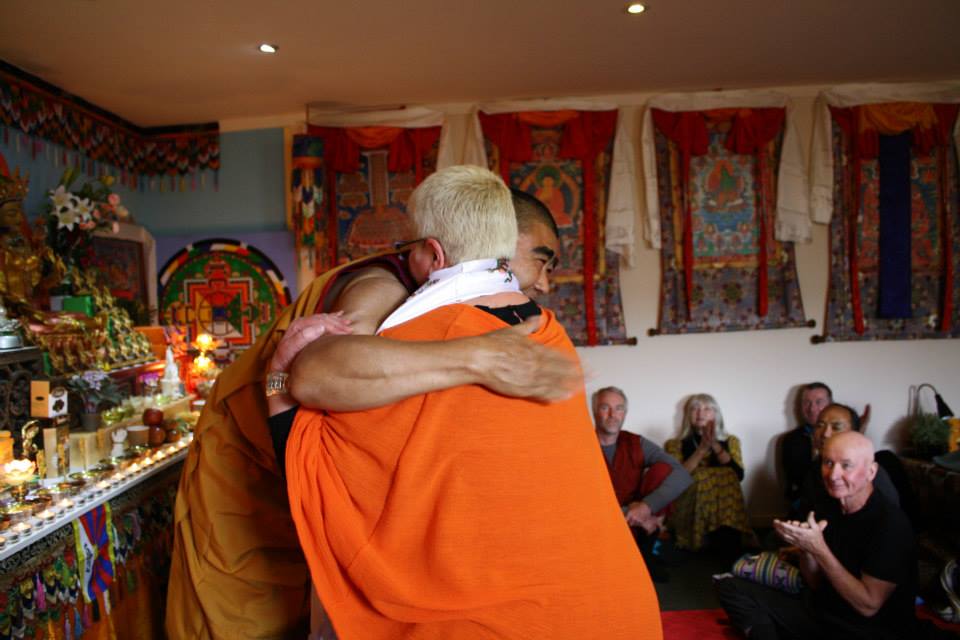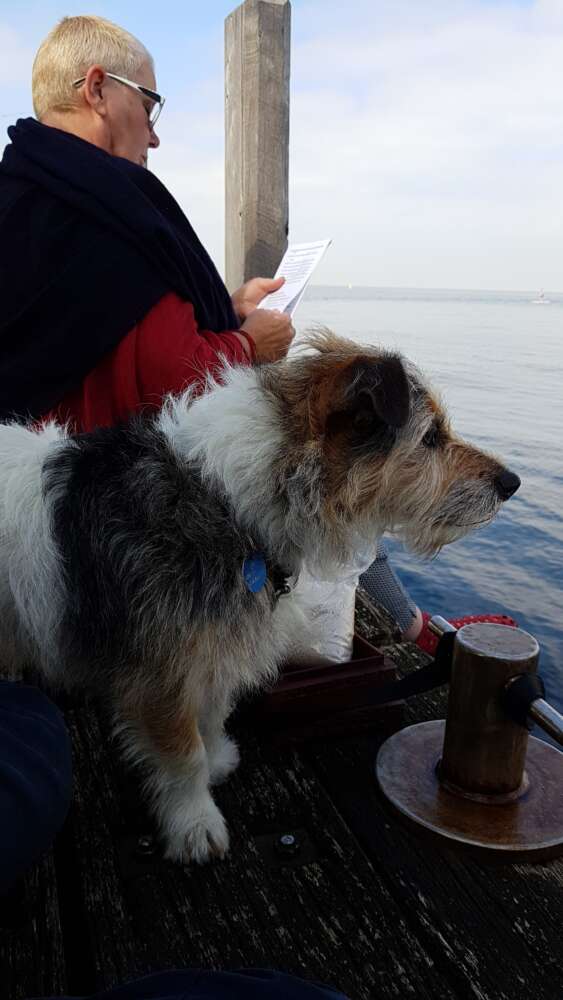
We love to connect with our readers. ANNIE WHITLOCKE, who follows Good Grief! reflects on the concept of impermanence. And so tells how her life journey has led her to become the Buddhist death doula and Associate Director at Social Health Australia, that she is today – some of her many roles.
Until I could look back on my life, the ups and downs, the things I held to be so precious, impermanence was a tricky concept to get my head around.
I first became intrigued by the Buddhist concept of impermanence in the 1970s after reading Grist for the Mill by Ram Dass.
Then set about trying to disprove it. What a load of codswallop, of course the buildings, the mountains the oceans are permanent!
I learnt that ‘in my life’ nothing was permanent – starting with being a toddler sent to a home for a couple of years: My home was impermanent.

Reminders of Impermanence
I had health challenges, another reminder of impermanence.
I suffered six miscarriages, mostly in silence as ‘people don’t want to talk about that’.
I learnt that love was not permanent, or unconditional. From others or even from myself.
Then I moved in a haphazard way towards the reality of impermanence, in the 21st century approximately.
In 2010 I sold my business and decided to delve further into that unknown impermanence. Something at times impossible to ignore; often like a siren calling.

Death. Impermanence.
Cause and effect and the practice of my Buddhist teachings pushed me towards deeper comprehension…and acceptance.
This has morphed into my talk, the language that I use when I am with people at end-of-life and their people.
I use the words dying and death.
I have learnt that most people, not all mind you, want the honest discussion about their end-of-life. I don’t use words like ‘pass’ or ‘gone’.
I use the words dying and death.
To show my respect to the people I am with. Who are often over it with people skirting around the bloody obvious.
Over the years I have given many talks on the universal finite reality that all of us beings will one day die.
The new born babies who died, my granddaughter Elibeth being one. The death of people I loved, such as my fiancée who took his life.
My husband, who died in a car accident six months after we married. I was 28-years-old.
My health, as operation after operation ended up with my having an oophorectomy and hysterectomy at 28-years-old.
I dived into the black hole named despair. The loss was powerful. I found people would keep me there, unintentionally of course, by showing me lots of sympathy. That weakened me and I chose to deal with the reality of impermanence by being on my own. My grief was inconsolable.
When I am with people facing their mortality, I do not gush or play the pity party.
Today when I am with people facing their mortality, I do not gush or play the pity party. I am with them in whatever state they are in and together we take our time.
Because I came from a family who certainly did not give the time to be heard, I learnt to respond before someone had finished talking. This took years of retraining, I named it Shut-up-edness.
Everything is impermanent, our thoughts, relationships, our goals, our houses, our lives, trees, leadership, animals, nature – and our favourite pair of jeans. And what I have found is so beautiful, without the labels of job, relationships, type of car that I drive etc. impermanence led me to see myself. Truly, without attaching the ‘me’ to job, location, faith, and so on.
“It is very important to not confuse the reality of impermanence with a nihilistic belief, because everything we do in our lives does matter.”
– Annie Whitlocke
It is very important to not confuse the reality of impermanence with a nihilistic belief, because everything we do in our lives does matter.
Our green warriors show us that. The artists who are long dead left their art for us. Our authors and writers, our valuable teachers, our scientists and surgeons show us that it matters a lot.
So I had to develop an acceptance, by leaning into the concept. Sure it’s not easy, for me anyway. But I do daily reminders and will do specific meditations on impermanence.

Annie recommends A Skeptic’s Path to Enlightenment – Guided Meditation on Impermanence.
Other stories of human connection can be found in our What Has Grief Taught (you) series.
Here are some examples:
